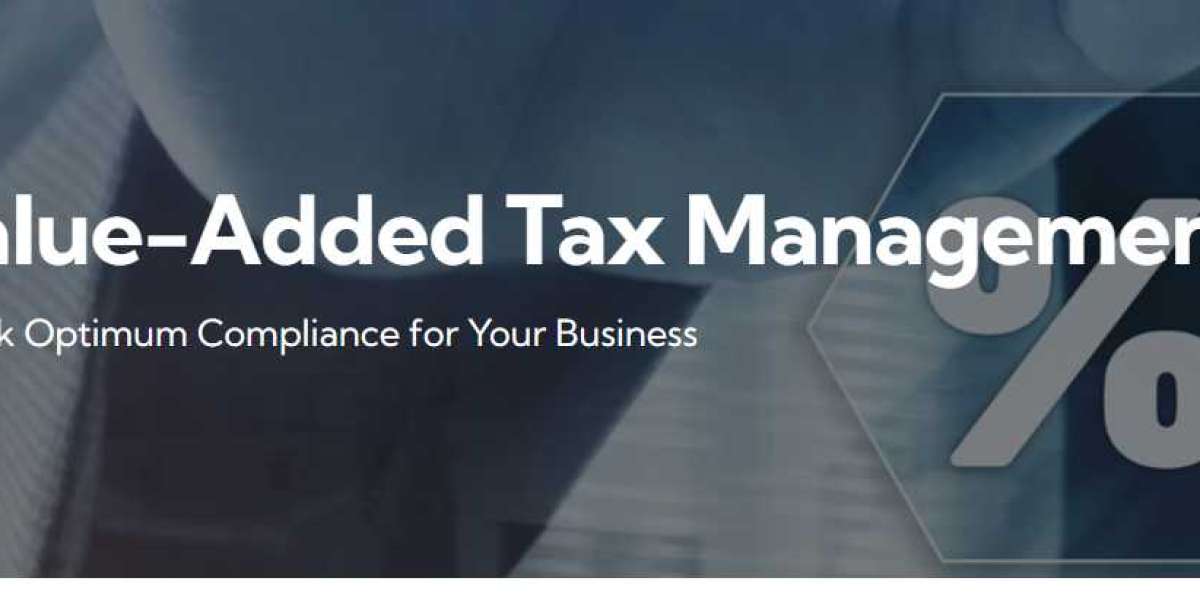In today's globalized economy, effective tax management has become essential for businesses aiming to remain compliant and competitive. One of the most significant forms of indirect taxation worldwide is the Value-Added Tax (VAT), which applies to most goods and services. Businesses, both small and large, must not only account for VAT accurately but also ensure they comply with the specific laws and regulations in their respective jurisdictions. Poor tax management can result in penalties, audits, and damaged reputations.
Value-Added Tax Management: Navigating Compliance and Efficiency
Value-Added Tax Management refers to the comprehensive set of practices and systems that ensure the correct calculation, collection, reporting, and remittance of VAT. Unlike other taxes, VAT is collected at each stage of the supply chain, making its management more complex. Proper handling of VAT requires an in-depth understanding of tax rules, timely filing of returns, and robust documentation processes. A single error can lead to cascading effects that disrupt business operations and incur financial losses.
Businesses must adopt a strategic approach to VAT management that includes internal controls, staff training, and technology implementation. Moreover, understanding the input and output VAT system is crucial. Input VAT refers to the tax paid on purchases, which businesses can usually reclaim, while output VAT is the tax collected on sales. Efficient management ensures that the correct VAT is paid or reclaimed, contributing to overall cash flow optimization.
Key Components of Effective VAT Management
There are several essential components that contribute to successful VAT management. First is accurate record-keeping, which ensures that all transactions are traceable and verifiable. This includes invoices, receipts, and tax filings. Second is compliance monitoring, which involves staying up-to-date with changes in tax laws and regulations across different jurisdictions, especially for multinational companies.
Third, technology integration is becoming increasingly vital. Many companies are now using VAT compliance software that automates calculations, generates reports, and alerts users to potential errors. Such systems reduce manual workload and minimize the risk of human error. Additionally, training employees to understand the VAT framework and their role in compliance is equally important.
Challenges in VAT Management
Despite best efforts, businesses often face challenges in managing VAT effectively. These include complex cross-border transactions, frequent regulatory changes, and discrepancies in VAT rates across products and services. Another significant issue is fraud, such as carousel fraud, where traders exploit VAT loopholes in cross-border trade. Hence, businesses must be vigilant and proactive in their management strategies.
Moreover, tax authorities worldwide are tightening regulations and increasing digitalization, requiring real-time reporting and electronic invoicing. This adds pressure on businesses to adapt quickly or face fines and operational disruptions.
Conclusion
Value-Added Tax Management is no longer a back-office function but a strategic area that directly impacts financial health and regulatory standing. Businesses must approach VAT with a combination of technology, skilled personnel, and rigorous compliance practices. By doing so, they can mitigate risks, enhance operational efficiency, and maintain their reputation in an increasingly regulated global marketplace.







